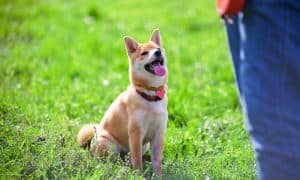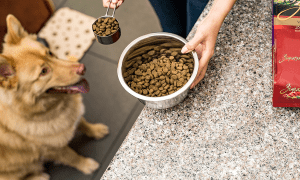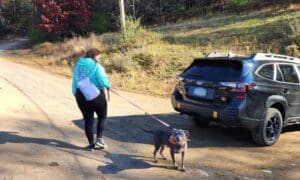“This post contains affiliate links, and I will be compensated if you make a purchase after clicking on my links.”
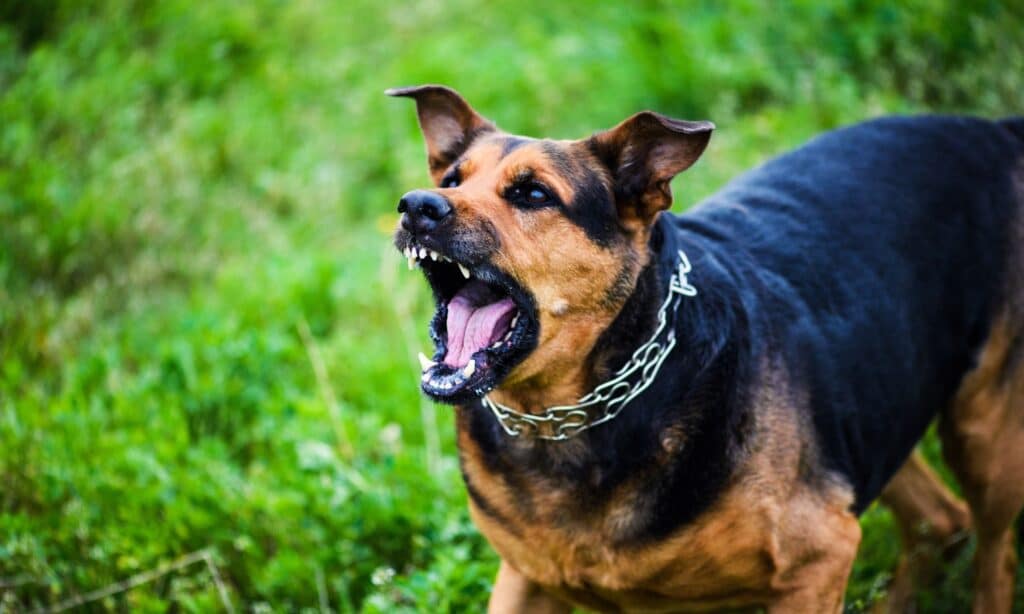
Before we proceed, let’s quickly define what a reactive dog means. A reactive dog means he is responding to a particular stimulus with a higher-than-normal level of intensity. Common behaviors displayed when determining a reactive dog include growling, a tense body, barking, urinating, and snapping. The key is that if your dog is acting abnormally and more intensely than usual, he is being reactive.
Reactivity often leads to aggression. The two are easily confused with one another, and it can be tricky to identify until the dog has escalated. Here are some tips to teach your reactive dog to stay calm.
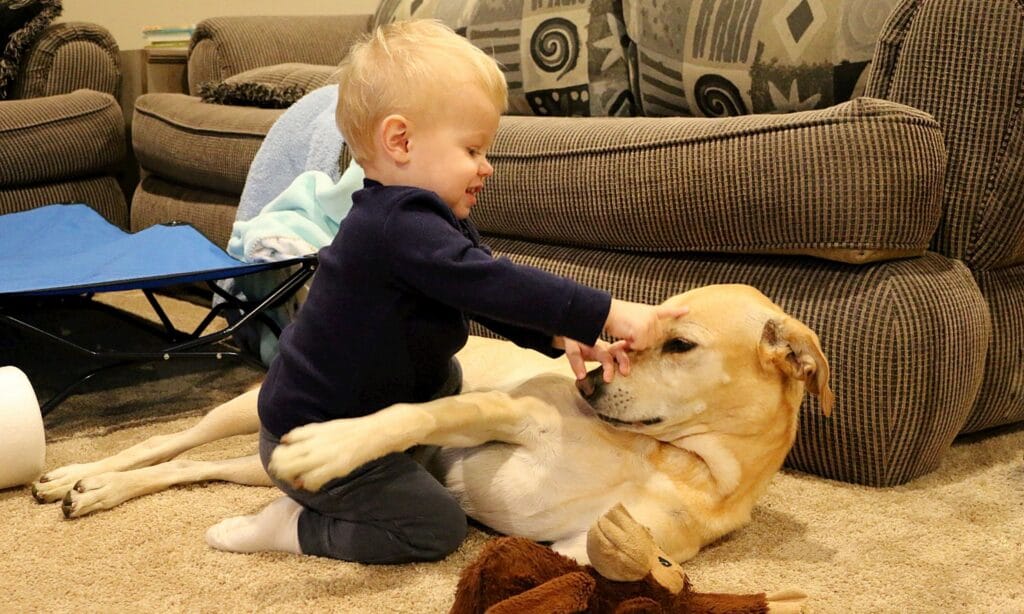
Identify His Triggers
Learn his body language. Dogs can’t say what they are feeling, so you need to pay close attention to the situation and their body language. Some things that may trigger your dog include being touched by strangers, loud noises, being restrained, and unusual movements or objects. If you’re not sure how your dog will react to anything, introduce it to them gradually or avoid it entirely.
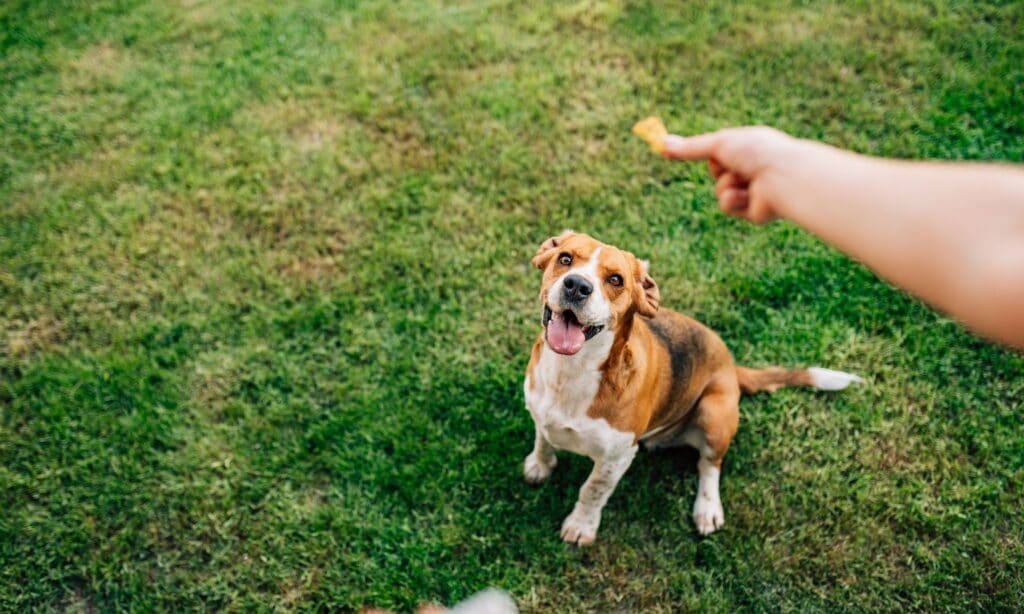
Counter-Conditioning and Desensitization
Counter conditioning is the process of teaching your dog to change its emotional response to a stimulus. Desensitization is the process of exposing a pet to a stimulus that would normally trigger an undesired reaction at such a low level that no response is generated. The basic step is to expose them to the stimulus and, before they react, give them a treat. Then proceed away from the stimulus. Afterward, you progressively increase the intensity of the stimulus as the pet becomes less susceptible. Make it clear to your dog that calm behavior is rewarded.
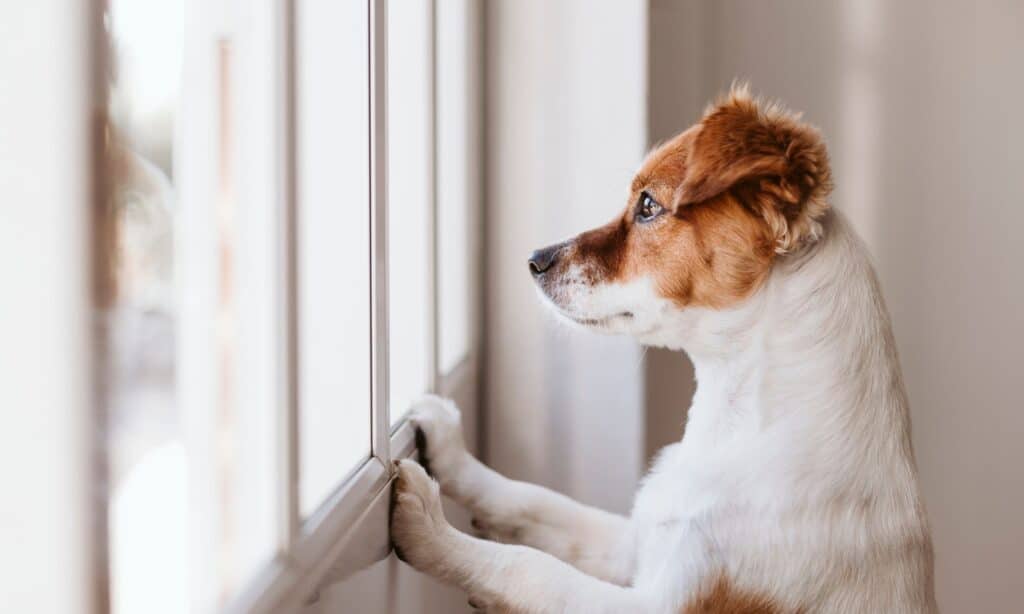
Change Routine
Change your dog’s environment to avoid triggering his reactive behavior. Block his visual access for walks, car rides, and even windows in your house that set him off. You can use a variety of tools and equipment like crates and harnesses to aid with your dog’s reactive behaviors.
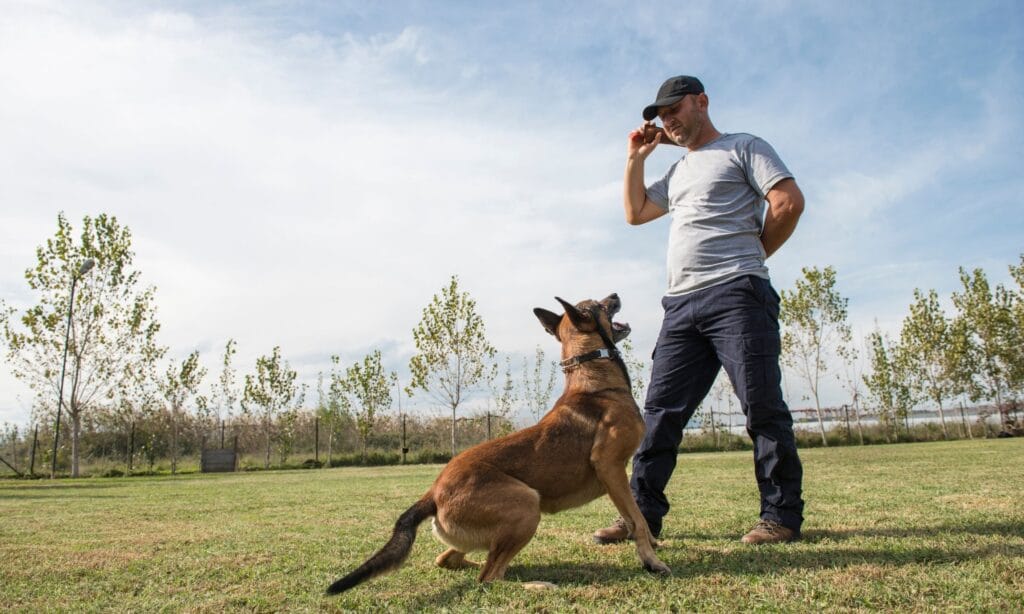
Avoid Aversive Training
Harsh training does not address the underlying problem and can only hurt your dog. Intimidation, shock collars, and harsh corrections can only suppress the reactive behavior of the dog. Aversive training can backfire and has a huge risk of fallout. Dogs trained with this become more stressed and, in no way, more obedient. They display more behavioral problems and bad responses.
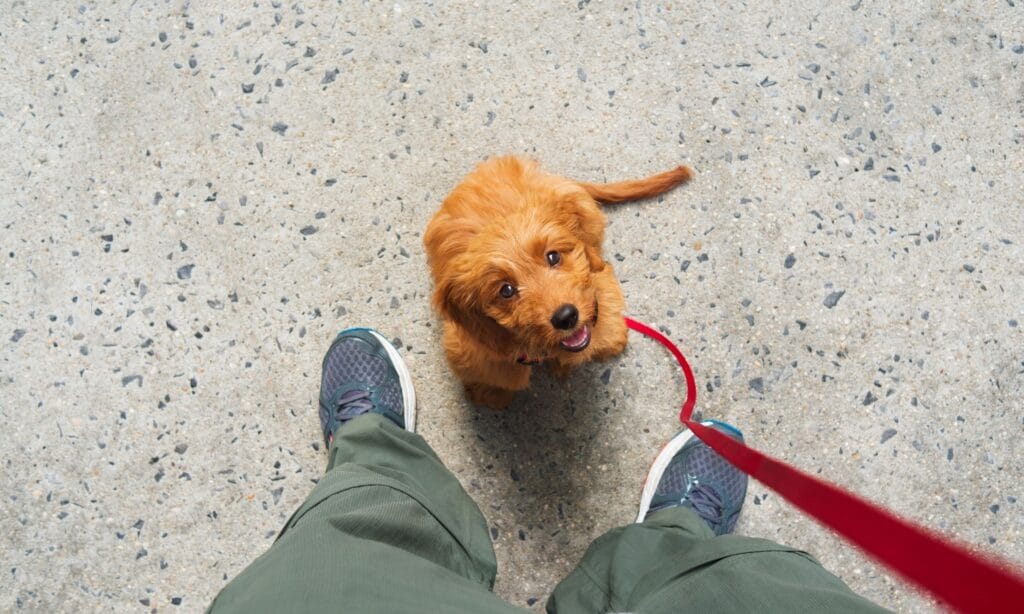
Stay Calm
Once they’ve been triggered, trying to calm a reactive dog is impossible to do. You can’t control everything. Stay calm and try to get your dog as far away from the trigger source as possible.
It’s not always easy to calm a reactive dog, but taking the appropriate steps can have a big impact and help with excellent behavior. If your dog is demonstrating extreme behaviors and you are unable to control them, you should seek professional help.

